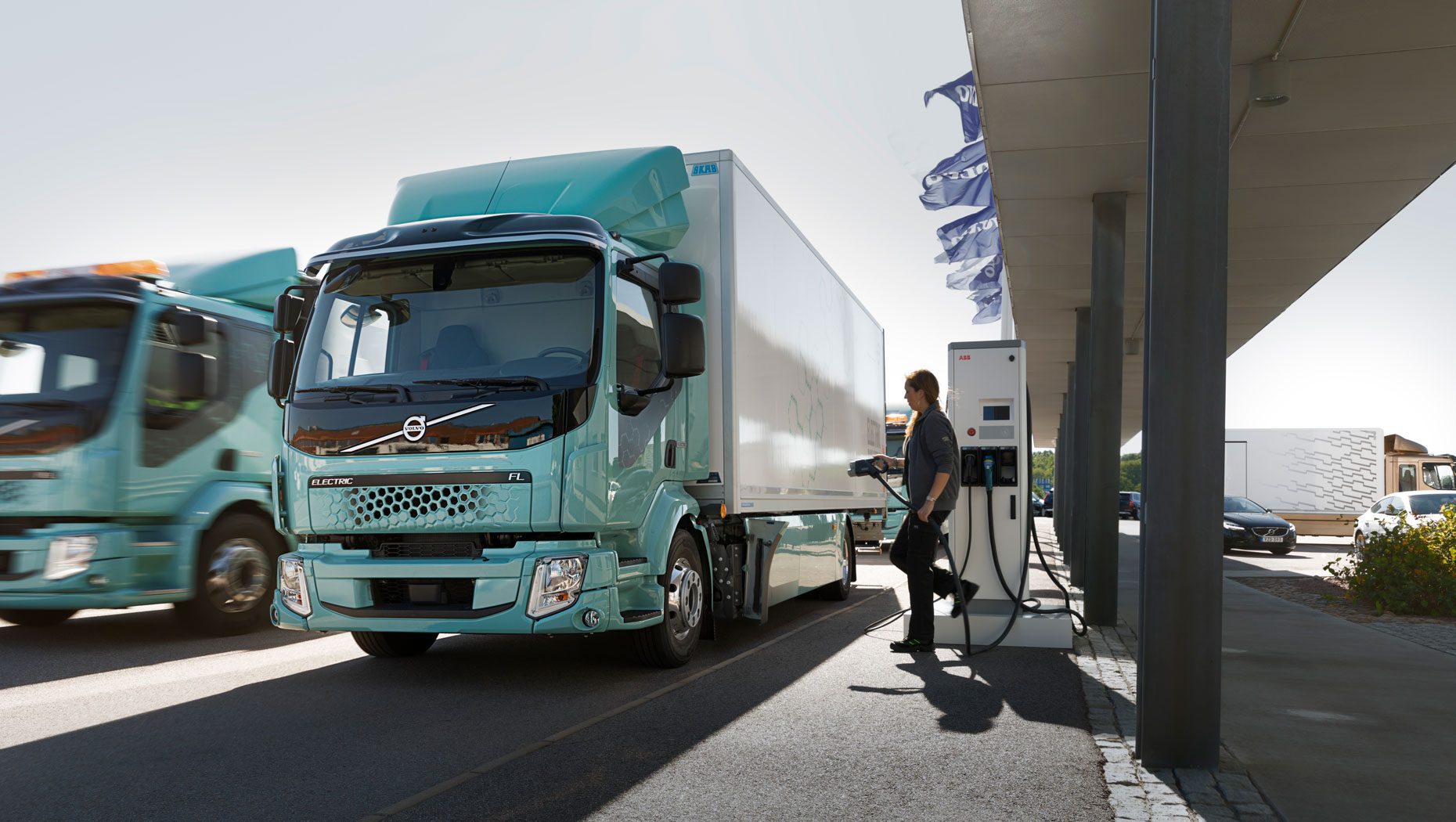There are several predictable cycles in Australian public opinion, and one of them is the moral panic surrounding immigration.
Some readers will remember the immigration panic of the 1990s, which gave rise to Pauline Hanson and her One Nation party.
Then the issue fades from the mainstream, only to return sometime later. Why?
It turns out it’s possible to chart the voters who will become concerned about immigration, and when.
We studied the cycles of concern
There are predictable cycles in public concerns about the level of migrants accepted into Australia.
The most recent wave of migration panic in Australia was made obvious during the anti-immigration protests across capital cities that began in late August this year.
While the numbers who turned up to these protests were small compared to similar rallies in the United Kingdom, they were not insignificant for a settler-colonial nation built on successive waves of migration.
Australia’s history with anti-immigration fears goes back as far as the Lambing Flat riots in New South Wales in 1860, when white miners attacked and drove off about 2,000 Chinese miners.
What characterises almost all these moments is a period of economic recession and rising unemployment.
Generally, when unemployment rises, so does the number of Australians who feel migrant numbers are “too high”. One such cycle occurred in the early 1980s when unemployment, especially youth unemployment, rose sharply.
A second period of near-panic occurred during the recession in the early 1990s, when more than 70% of the population felt migration levels were too high.
There was a secondary burst of concern during the Asian Financial Crisis in the late 1990s; at that time there was rising concern about the number of asylum-seekers arriving by boat.
In that period Pauline Hanson was disendorsed by the Liberal Party and then founded the One Nation Party in 1997.
John Howard responded to the Tampa Affair in 2001 by passing the Border Protection Bill which undercut rising support for One Nation and opened a path to re-election later that year.
Still, the number of undocumented migrants arriving by boat increased sharply up until 2013.
The COVID pandemic appears to have disrupted the close link between rates of unemployment and concern about migration numbers.
In 2018-19, unemployment rates were relatively low but concerns over immigration numbers began to rise. During 2020, with migration barred, concerns over migration plunged.
After the peak of COVID, unemployment levels have remained very low but concerns over migration levels shot up sharply. Here again, the cause is probably economic – this time reflecting concerns over inflation, the cost of living and housing.
Even at this year’s election, the housing crisis was falsely linked to migration.
Trends in age groups
Who is most likely to feel the number of migrants is too high?
Data from recent Australian electoral surveys, taken after each general election, allow us to form a clearer picture.
It’s clear older voters are more likely to feel numbers are too high. Younger generations tend to be less worried about migration numbers than the generations that preceded them.
At the time of the 2022 election, those feeling migration levels were “much too high” fell to single digits, except for Gen X-ers. In this year’s election, a sharp increase in concern is clear, especially for Boomers and Gen X.
How you vote says a lot
When we look at the relationship between political party voters and immigration attitudes, we can see One Nation voters are much more likely to feel concern about the number of migrants.
In 2022, fewer than 10% of supporters of other major parties expressed great concern. In 2025, there was a noticeable divergence between parties of the right and left.
Virtually all One Nation supporters and more than 40% of Liberal and National supporters felt the number of migrants should be “reduced a lot”. There was only a modest increase in concern expressed by Labor voters and virtually no change by Greens supporters.
There is currently sharply rising concern over migrant numbers in Australia, so it is not surprising that support for One Nation has risen.
This is continuing despite a decisive 2025 election win for the Labor Party which originally seemed to suggest the scapegoating of migrants for the nation’s complex problems is unacceptable to the majority of Australians.
Recent data on social cohesion shows “concerning levels of prejudice, particularly towards people of Islamic faith and Australians from Asian and African backgrounds”.
Governments at all levels need to act promptly to contain this latest moral panic.![]()
![]()
Peter Mayer, Associate Professor, School of History and Politics, University of Adelaide and Sukhmani Khorana, Associate Professor, Faculty of Arts, Design and Architecture, UNSW Sydney
This article is republished from The Conversation under a Creative Commons license. Read the original article.






















